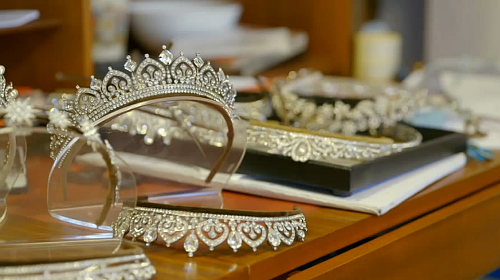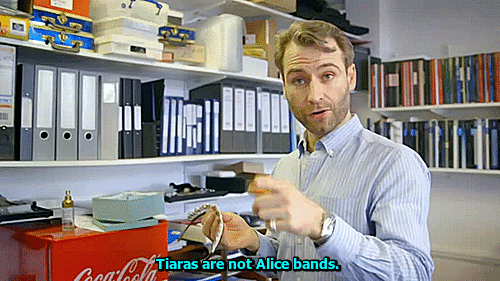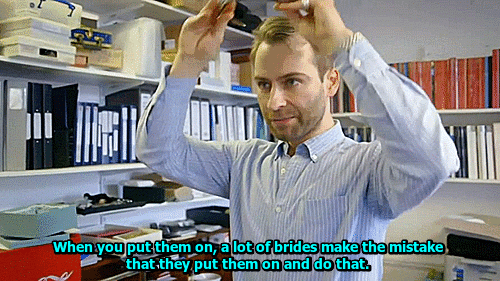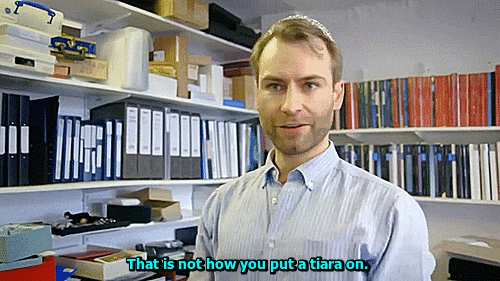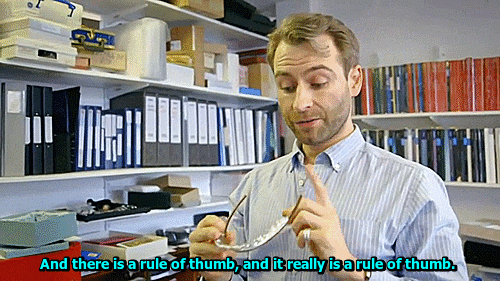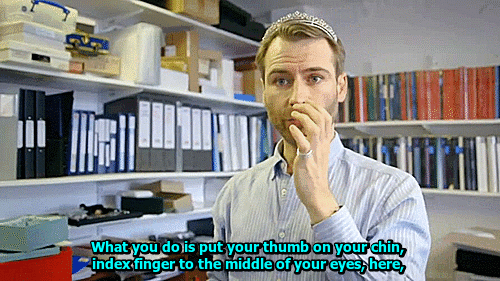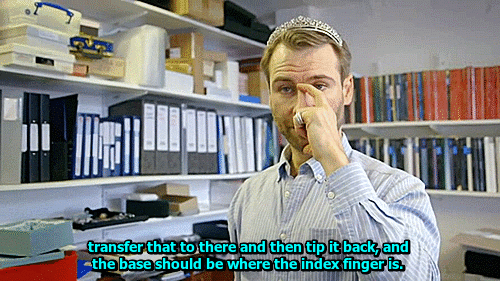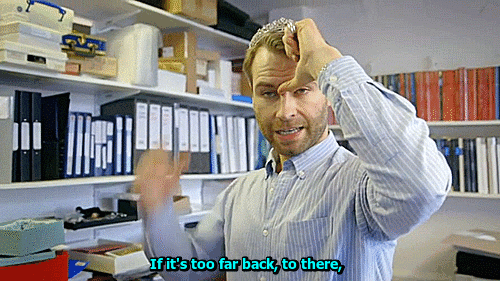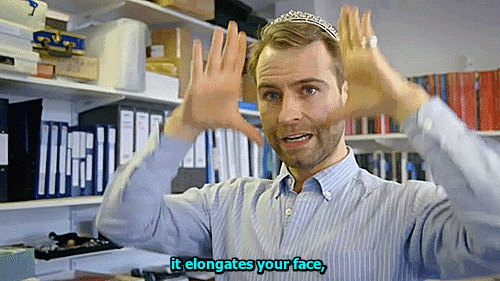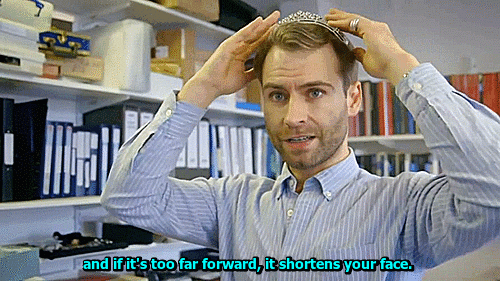How Do You Go About Getting Such High Quality Scans Of Your Art?
How do you go about getting such high quality scans of your art?
ok bear with me cuz this is going to be a lengthy post since I see a lot of people struggle with this and I think I could help by detailing my process.
before anything else I have to remark, this whole process only works with paper, loose canvas and any other media that can at least bend and warp a little in order to properly fit into a flatbed scanner, if you're working on on hard/non-maleable surfaces like wood pannel or mounted canvas, I recommend these tutorials:
Now, the first step is the most crucial: USE A GOOD QUALITY SCANNER! a scanner that's capable of obtaining photographic quality images is crucial, as there's no amount of editing that can salvage an image that has been overexposed, burnt, and artifacted to hell and back, here's an example: on the left, a scan of one of my paintings taken on the scanner of a cheap all-in-one printer. on the right, the same painting, scanned on a dedicated HP Scanjet G4050 flatbed scanner, which is the scanner that I still use to this day.


The difference might seem minimal at first, but when you start getting up close, the differences become REALLY apparent, not only are the colors washed out and muddy on the all-in-one scanner; there's some heavy artifacting on its scan as well as random blurry spots that makes the image look much worse, and the overexposure has completely killed the paper grain which is much more visible on the flatbed scan.



it's worth pointing out that both images you see here are what they looked like /AFTER/ adjustments and corrections in photoshop; the first one, as bad as it looks, took me several hours to of tweaking to get to that point, while the latter took me about 10 minutes of saturation adjustments to make it look as close as possible to the original painting. the reasons for this stark difference in quality are very simple: all-in-one printer-scanners ARE NOT made for scanning art, they're made for scanning documents, so the quality needed for that is much lower than the one needed for a painting or a photograph, so what you need instead is a dedicated, photographic quality flatbed scanner. One that I could recommend, not from personal experience but from recommendation from my peers, is the Epson Perfection V550/V600 Photo Scanner, BUT I don't want you to think from this that you NEED to shell out the big bucks into the most expensive and latest equipment in order to be able to get decent scans of your art, the previously mentioned scanner that I used is a lower-mid range device and is almost 10 years old, so if you ask me, it is perfectly acceptable to buy a pre-owned, used, refurbished photo scanner, as long as it's in decent shape and works as intended, you will be able to get what you need out of it. (***EDIT*** Another tumblr user with experience in professional media scanning has pointed out that while these scanner models are great and very advanced, they are very expensive and most of that pricetag is related to photographic scanning features that are not useful for anything that isn't photo negatives or digitizing of documents, their suggested model instead is the Epson Perfection V19, because "it's running the same photo scanning firmware as the higher-end models, has the same bit depth and still scans up to 4800 dpi. They run ~$70 brand new, even cheaper if you find them on sale or used.") Ok, I have the scanner, what now? the first and most important thing to consider when you're going to scan your work is: SCAN AT THE HIGHEST POSSIBLE QUALITY THAT YOUR COMPUTER CAN HANDLE, most if not all scanners give you the option to select the dpi (dots per inch) measurements at which you want to scan. the standard for "decent" quality images is 300 dpi, but I personally find that extremely insufficient, yes, it will give you decent-ish images to post on social media, but if you want to do anything else with your images, like making high quality prints, posters, or high quality closeups of your work, those 300 dpi are going to fall really short and become extremely limiting. personally, I scan ALL my work at 1200 dpi, I could go higher than that all the way to 2400 but honestly, I've yet to find a use for an image size that big, at 1200 you already have enough quality to print a house-sized poster with a pretty decent looking final product, so unless you plan on hanging copies of your work to the side of the Empire State building or if you're trying to scan EXTREMELY small pieces, 1200 dpi should be enough, the file sized you're going to get out of 1200 are already almost ridiculous (yes, this image is over 1 GB in size)


Next, to address the elephant in the room: What do I do if my painting is bigger than the flatbed of the scanner? well, you're gonna have to learn to scan in parts like I do! the trick to scanning in parts is that every section you scan needs to cover a little more area than it should so that when you start stitching the individual scans together in your preferred image editing software, you can erase the sections warped by the edges of the scanner bed and cover them over with the extra area scanned in the other images, for example, here's a little chart I made on how I scan a medium sized painting in 4 parts:

make sure to NOT rotate the painting while scanning it, simply slide it across the bed to match your desired section, always with the top, bottom, left, and right pointing always to the same directions, if you start rotating the painting you run the risk of warping the whole scan, or warp it in less predictable ways, and it's gonna be a bit of a nightmare to stitch together. I also recommend to instead of closing the top of the scanner to make it flat against the scanner bed, keep it open and put a few books on top of the painting that are a 1 or 2 cm smaller than the scanner bed, the reason to do this is because closing the scanner cover and letting that flatten the painting, the fit between the top and the bed is so tight that you risk bending and damaging the paper/canvas when scanning, giving it some space at the edges when scanning lets the paper/canvas curl naturally with the material's own flexibility, so the risk of damage is much lower. if your painting is bigger than that, you will essentially follow the exact same process but just divide the painting into more scans, personally I've done up to 9 scans per a single painting on my biggest pieces, any more than that can get a little toooo complicated to stitch together, but not necessarily impossible, especially considering that a lot of image editing softwares nowadays have automated stitching functions, which CAN get over the edge warping on their own, but I've personally found that you'll still get better results if you can eliminate that warping and let the AI work with the best sections of the scans only. PERSONALLY I don't use the automated functions and prefer to do it completely by hand in Photoshop because I'm a neurotic perfectionist and I tend to zoom in into the paintings and notice every little microscopic smudging and bad overlap the AI does between the scans that 99% of people won't notice, but hey, that's just me, absolutely feel free to use the automated functions that the software gives, you don't need to be as extra as me! I think that about covers most of my process there, remember this is a process that might take a little practice so don't give up if your first scans don't look that great or look wonky when stitched together, you have plenty of room to finetune and adjust everything to your liking. If you have any more questions, feel free to ask and I'll try my best to answer. Also if you found this small tutorial useful, maybe drop me a tip or checkout my patreon and store to support me ;) ***edit*** noticed someone added a flashing imagery CW so I modified the gif so that it blinks slowly and it's hopefully less hard on the eyes!
More Posts from A-mess-of-links and Others
How do you do pixel art animation? What program do you use? These are so beautiful and I really wanna learn! Thank you!
I wrote a free post about my process here, hope you find it useful 🙏
Does anybody have that image of what cyberpunk dialogue is like. "to crack a cyber lemon this nasty" or whatever

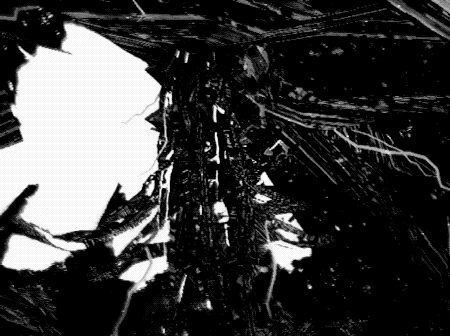

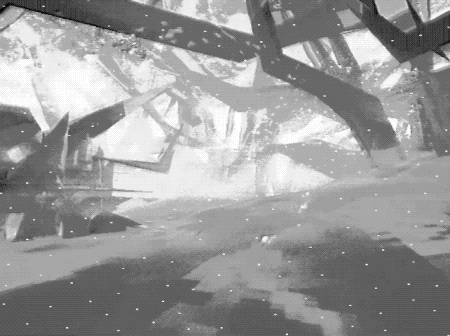
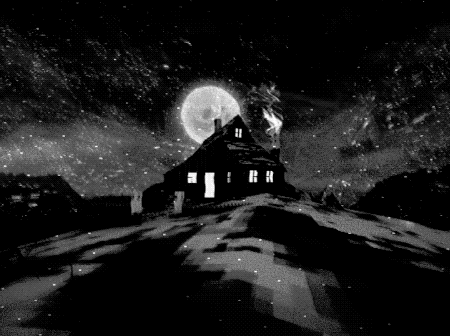
æ is a visually stunning pseudohorror exploration game where you venture into surreal noisecore purgatories in search of glyphs.
Read More & Play The Full Game, Free (Windows)
We need to have a nomination for “Stupidest thing Tumblr.com has ever believed” and just move into an official Top 10 List.
For my nominations, I’m putting up:
If you eat a chocolate bar a very specific way, you will break physics and get infinite chocolate.
or
It is impossible that you spelled “Berenstain Bears” wrong and is, instead, more likely that the universe fractured into separate, overlapping realities in the last 20 years.
I can’t decide which is more beautiful. It’s why we need a vote.
VPNs do not make you more secure
here's how they work!
first of all, most of your internet traffic is already encrypted via TLS (Transport Layer Security). Things that aren't encrypted are usually videogames or less important applications.
a VPN encrypts traffic between your computer and the VPN server you're using.
your Internet Service Provider (ISP) sits in the middle of that transaction.
cue the MS paint diagram
Without a VPN:

With a VPN:

the traffic between your VPN server and the rest of the internet is not encrypted any further.
things that VPNs are good for:
bypassing geo-blocking
bypassing website blocks set up by your ISP
obscuring network traffic from your ISP
things that VPNs are not good for:
browsing the internet without having your activity logged. every company that gives internet service logs the activity, it's half of how they make sure they're not being hacked.
hiding information from the government. VPN providers WILL bend to subpoenas, they WILL turn over logs of your network activity.
cybersecurity. VPNs can't save you once the traffic is between them and the final destination. they don't analyze your traffic to detect and stop hackers, they don't add any encryption where it matters.
VPNs are not a shortcut to security. you cannot pay 15 dollars a month to forgo all responsibility for your own digital privacy. do your research, use a password manager, stay safe.
my friends i hope you find this information useful. you have been sold a lie. remember to show extreme skepticism to youtube sponsorships and journalism websites which sing their praises.
sources: i have a certificate iv in cybersecurity

here's the story. i know expressvpn has been recommended in some 🏴☠️ how-to posts but it is not trustworthy. the parent company, kape technologies, not only used to distribute malate but has ties to multiple state surveillance agencies. and be careful where you look for info about good vpns, because kape technologies owns a bunch of "vpn review" sites too
-
 alisonzai liked this · 4 weeks ago
alisonzai liked this · 4 weeks ago -
 autunna liked this · 1 month ago
autunna liked this · 1 month ago -
 earlneigh liked this · 3 months ago
earlneigh liked this · 3 months ago -
 cabronallorona liked this · 4 months ago
cabronallorona liked this · 4 months ago -
 shallowgravves liked this · 4 months ago
shallowgravves liked this · 4 months ago -
 catboard liked this · 4 months ago
catboard liked this · 4 months ago -
 crimrint liked this · 5 months ago
crimrint liked this · 5 months ago -
 reasons-strange reblogged this · 6 months ago
reasons-strange reblogged this · 6 months ago -
 lilthz-references reblogged this · 6 months ago
lilthz-references reblogged this · 6 months ago -
 decemberthenemesis liked this · 7 months ago
decemberthenemesis liked this · 7 months ago -
 nerdypixel reblogged this · 8 months ago
nerdypixel reblogged this · 8 months ago -
 crazyspookies liked this · 9 months ago
crazyspookies liked this · 9 months ago -
 cocoabubbelle-newblog liked this · 11 months ago
cocoabubbelle-newblog liked this · 11 months ago -
 silentstork liked this · 11 months ago
silentstork liked this · 11 months ago -
 nekonic0 liked this · 11 months ago
nekonic0 liked this · 11 months ago -
 subatomicskud liked this · 1 year ago
subatomicskud liked this · 1 year ago -
 kylegoerlitz liked this · 1 year ago
kylegoerlitz liked this · 1 year ago -
 raspburyy liked this · 1 year ago
raspburyy liked this · 1 year ago -
 onethirdpoundpatty liked this · 1 year ago
onethirdpoundpatty liked this · 1 year ago -
 od4mn reblogged this · 1 year ago
od4mn reblogged this · 1 year ago -
 starsigna liked this · 1 year ago
starsigna liked this · 1 year ago -
 augustusgloopfan2002 reblogged this · 1 year ago
augustusgloopfan2002 reblogged this · 1 year ago -
 tboys liked this · 1 year ago
tboys liked this · 1 year ago -
 weirdlittletoasterboy liked this · 1 year ago
weirdlittletoasterboy liked this · 1 year ago -
 surrendertomywill liked this · 1 year ago
surrendertomywill liked this · 1 year ago -
 storyideas-andstuff reblogged this · 1 year ago
storyideas-andstuff reblogged this · 1 year ago -
 what-is-draw reblogged this · 1 year ago
what-is-draw reblogged this · 1 year ago -
 just-asomeone liked this · 1 year ago
just-asomeone liked this · 1 year ago -
 just-asomeone reblogged this · 1 year ago
just-asomeone reblogged this · 1 year ago -
 art-stuff-101 reblogged this · 1 year ago
art-stuff-101 reblogged this · 1 year ago -
 anarchacitizen liked this · 1 year ago
anarchacitizen liked this · 1 year ago -
 abstracted-psychopomp liked this · 1 year ago
abstracted-psychopomp liked this · 1 year ago -
 sase-art-resource-blog reblogged this · 1 year ago
sase-art-resource-blog reblogged this · 1 year ago -
 ruhmination liked this · 1 year ago
ruhmination liked this · 1 year ago -
 lmcsne liked this · 1 year ago
lmcsne liked this · 1 year ago -
 jonairadreaming reblogged this · 1 year ago
jonairadreaming reblogged this · 1 year ago -
 jonairadreaming liked this · 1 year ago
jonairadreaming liked this · 1 year ago -
 funeralbird liked this · 1 year ago
funeralbird liked this · 1 year ago -
 ray-rabies liked this · 1 year ago
ray-rabies liked this · 1 year ago -
 ejbeachy liked this · 1 year ago
ejbeachy liked this · 1 year ago -
 teka-chat reblogged this · 1 year ago
teka-chat reblogged this · 1 year ago -
 tinytinyrobot reblogged this · 1 year ago
tinytinyrobot reblogged this · 1 year ago -
 maggot-meade liked this · 1 year ago
maggot-meade liked this · 1 year ago -
 art-of-misdirection liked this · 1 year ago
art-of-misdirection liked this · 1 year ago -
 willowtm reblogged this · 1 year ago
willowtm reblogged this · 1 year ago
